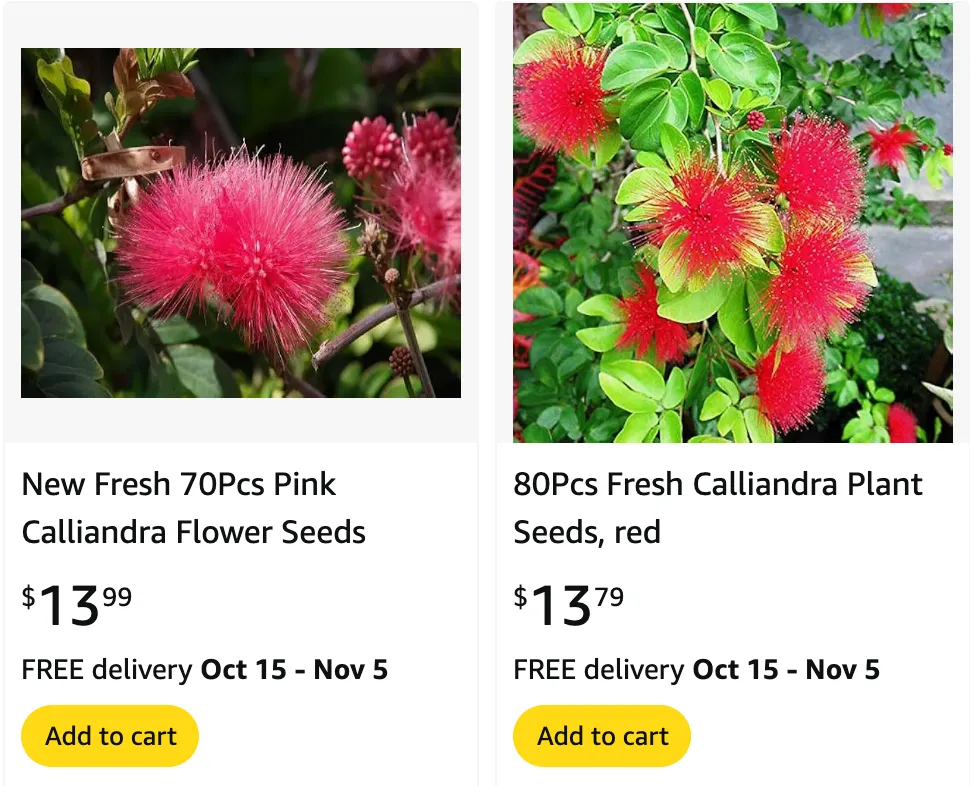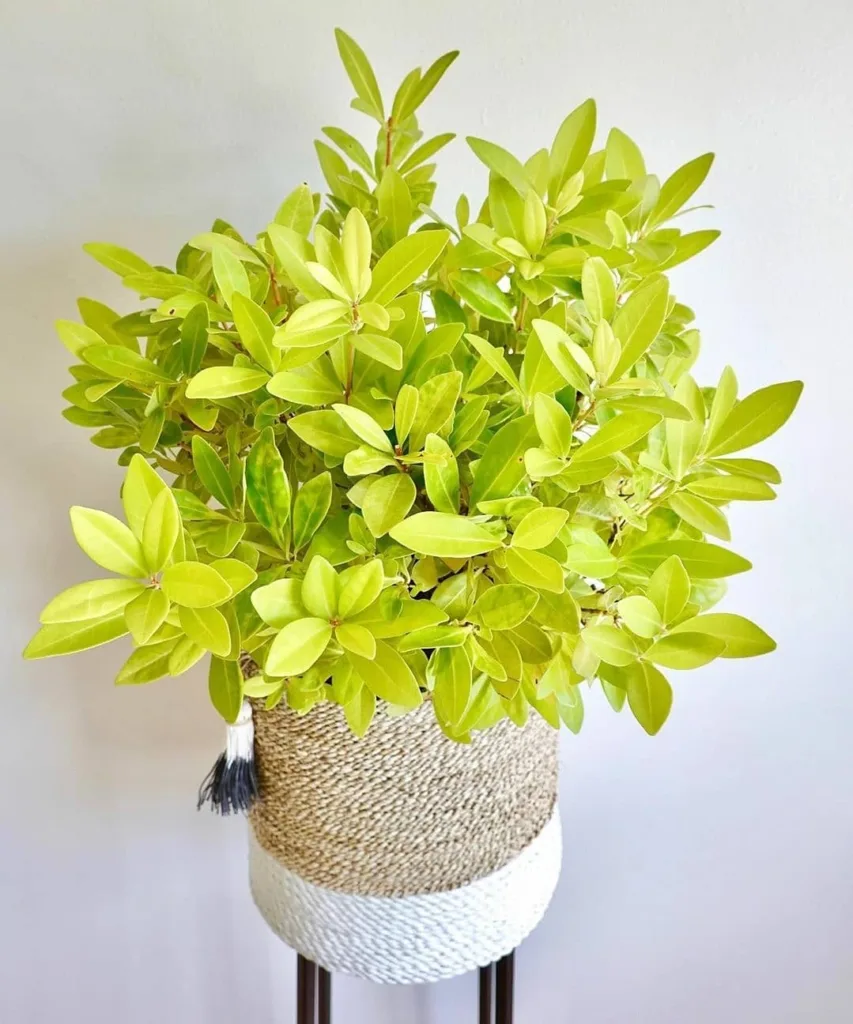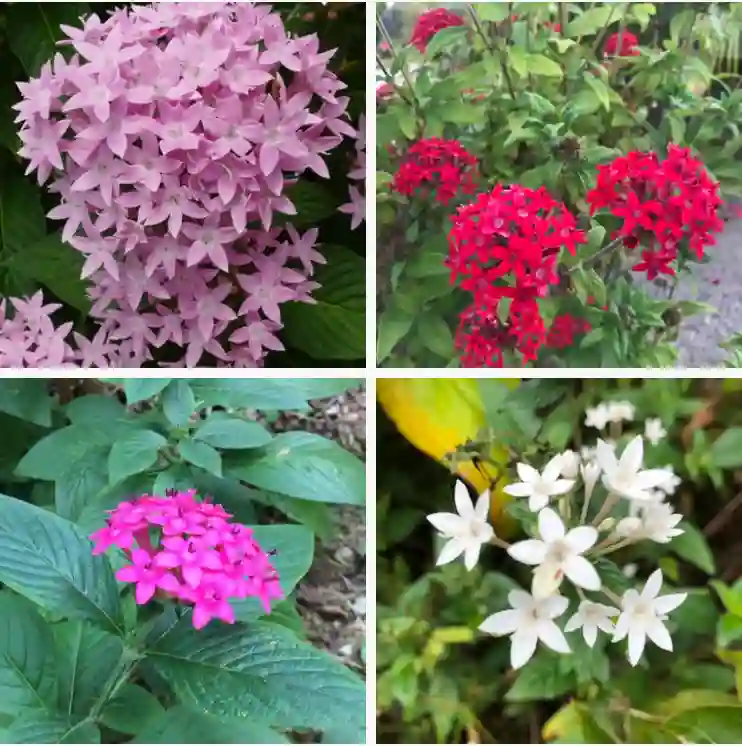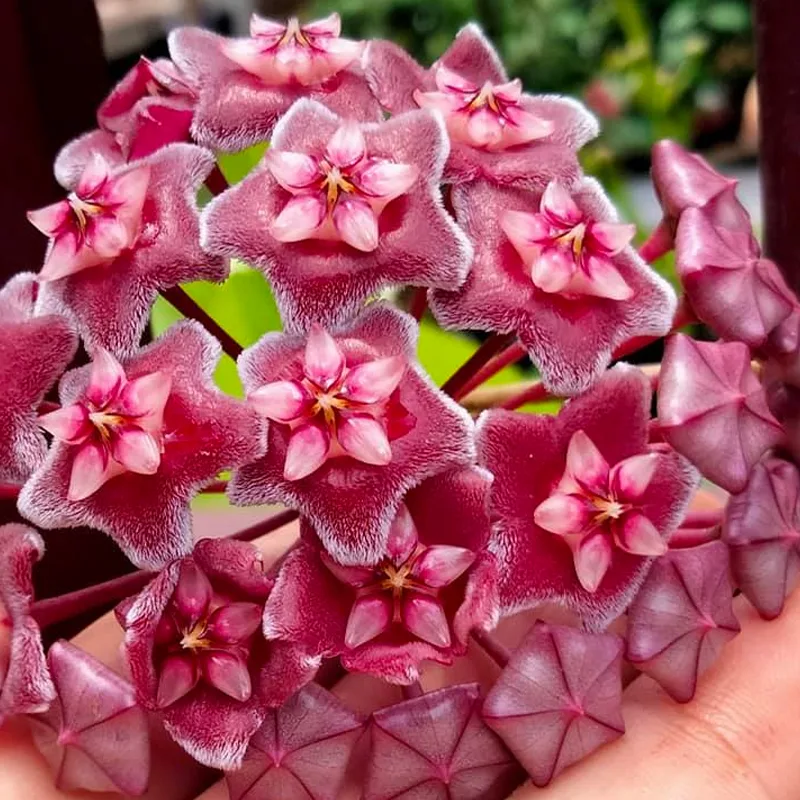
What Is Calliandra Californica?
Calliandra Californica, commonly known as the California Powder Puff or Baja Fairy Duster, is a striking plant native to the arid regions of the southwestern United States and northwestern Mexico. It’s renowned for its vibrant, fluffy, red flowers that resemble powder puffs. These flowers, which bloom from late winter to early spring, make it a popular choice for adding a splash of color to gardens and landscapes.
151 Species in Genus Calliandra
How to Care for Calliandra Californica?
Sunlight and Location: Calliandra Californica thrives in full sun. It needs at least six hours of direct sunlight each day to grow well. Choose a location with well-draining soil, as this plant is sensitive to waterlogged conditions.
Watering: While the plant is drought-tolerant once established, it benefits from regular watering during the growing season. However, avoid overwatering, as excessive moisture can lead to root rot. During the winter, reduce watering as the plant’s growth slows down.
Soil: Well-draining soil is essential. A sandy or loamy soil mix with good drainage will keep your Calliandra Californica healthy. If your soil tends to retain water, consider amending it with sand or gravel to improve drainage.
Fertilizing: Feed the plant with a balanced, all-purpose fertilizer during the growing season. Avoid over-fertilizing, as this can lead to excessive foliage growth at the expense of blooms.
How to Propagate Calliandra Californica?
Propagation of Calliandra Californica can be done through seeds or cuttings. Here’s how:
From Seeds: Start seeds indoors about 6-8 weeks before the last frost date. Sow the seeds in a seed-starting mix and keep them warm and moist. Once the seedlings have grown large enough to handle, transplant them outdoors after the last frost.
From Cuttings: Take 4-6 inch cuttings from a healthy plant in late spring or early summer. Remove the lower leaves and dip the cut end in rooting hormone. Plant the cutting in a pot with a well-draining mix and keep it moist until roots develop.
What to Plant With Calliandra Californica?
Calliandra Californica pairs well with other drought-tolerant plants. Consider planting it alongside:
- Desert Marigold (Baileya multiradiata): This plant’s yellow blooms complement the red flowers of Calliandra Californica.
- California Lilac (Ceanothus spp.): The deep blue to purple hues of Ceanothus create a striking contrast with the red of Calliandra.
- Red Yucca (Hesperaloe parviflora): Its tall, red flower spikes enhance the visual appeal when planted with Calliandra.
Is Calliandra Californica Toxic?
No, Calliandra Californica is not considered toxic to humans or pets. However, as with any plant, it’s always best to keep an eye on pets to prevent them from chewing on unfamiliar plants, as individual sensitivities can vary.
Benefits of Calliandra Californica
- Attractive Blooms: The bright, red, powder puff-like flowers make it a standout plant in any garden.
- Drought Tolerance: It’s well-suited to arid climates, making it an excellent choice for water-wise gardening.
- Low Maintenance: Once established, Calliandra Californica requires minimal care, adding beauty with less effort.
Common Problems with Calliandra Californica
Pests: Watch out for aphids and spider mites, which can occasionally infest Calliandra Californica. Regularly check the plant and treat any infestations with insecticidal soap if needed.
Diseases: Root rot can be a problem in poorly draining soils. Ensure good drainage to prevent this issue. Fungal issues like powdery mildew can also occur but are less common.
Environmental Stress: Calliandra Californica can suffer from leaf drop and reduced flowering if subjected to extreme cold or excessive watering. Protect the plant from frost and avoid waterlogging.
Comparison with Similar Plants
Calliandra Californica vs. Calliandra Haematocephala: While both belong to the Calliandra genus and feature powder puff-like flowers, Calliandra Haematocephala (Red Powder Puff) tends to have larger, more rounded blooms and prefers slightly more moisture compared to the more drought-tolerant Calliandra Californica.
Calliandra Californica vs. Leucophyllum Frutescens: Often confused with Calliandra Californica, Leucophyllum Frutescens (Texas Sage) has a more compact growth habit and silver-gray foliage. It also features showy flowers but typically in shades of purple or pink rather than the red of Calliandra.
In summary, Calliandra Californica is a stunning, low-maintenance plant that adds vibrant color to drought-tolerant gardens. By understanding its care requirements and comparing it with similar plants, you can ensure it thrives in your landscape, bringing beauty and resilience to your outdoor space.
If i die, water my plants!



